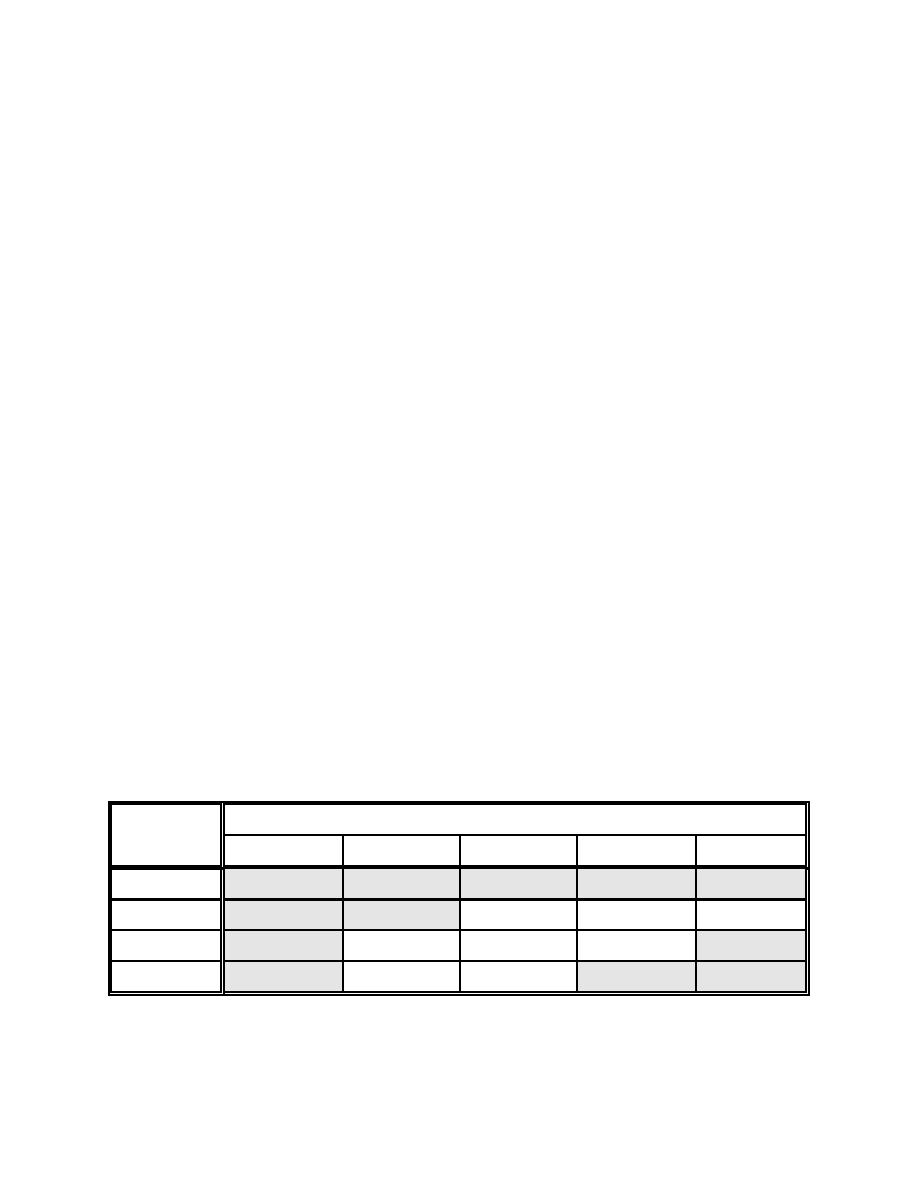 |
|||
|
|
|||
|
Page Title:
Facility Grades and SSC Grades cont'd |
|
||
| ||||||||||
|
|  DOESTD107393
provides. The importance and priorities of SSCs cannot be established accurately until the design
requirements associated with them are identified and categorized. Activities (e.g., design, procurement,
construction, installation, operations, maintenance, surveillance and testing, and physical changes)
related to the SSCs should be assigned the same grade as the SSCs involved. Examples of SSC
grading systems are presented below; other SSC grading systems may also be acceptable.
In the recommended SSC grading system, the categories and priorities of design requirements are
(1) safety design requirements, (2) environmental design requirements, (3) mission design
requirements, and (4) others. Safety design requirements involve protecting on-site and off-site
personnel and facility workers from both nuclear and non-nuclear hazards. Environmental design
requirements involve protecting the environment from irreversible consequences by satisfying
environmental regulations and environmental permits. Mission design requirements involve avoiding
large cost impacts and substantial interruptions of the programmatic mission of the facility. Other
design requirements can include a collection of design categories such as maintainability
requirements, operational efficiency and cost requirements, reliability requirements, and security and
safeguards for special nuclear materials. This system makes clear that the protection of personnel is
of primary importance.
Most SSCs will have several design requirements. The highest category of design requirements that
is applicable to an SSC establishes the SSC grade. For example, an SSC with both safety design
requirements and environmental design requirements would be graded and treated as a safety SSC.
Similarly, an SSC with some mission design requirements but no safety or environmental design
requirements would be graded and treated as a mission SSC.
In an alternative SSC grading system, the categories and priorities of design requirements could be
(1) nuclear safety design requirements; (2) environmental, safety and health (ES&H) design
requirements; (3) mission design requirements; and (4) others. In this system, the nuclear safety
hazards to personnel--off-site personnel, on-site personnel, or facility workers--are presumed to be
the most important type of hazard. The ES&H design requirements would mitigate non-nuclear
safety hazards.
In applying the graded approach, a matrix can be used to relate various activities within a CM function
to the SSC grade. The cells within the matrix indicate the degree of implementation appropriate for
each item. An example of this type of matrix is provided below, where the CM activities (the A, B, C,
etc. in order of decreasing value per cost) and the SSC grades (1, 2, 3, and 4 in order of decreasing
importance) are illustrative only.
CM ACTIVITIES
SSC GRADE
A
B
C
D
E
1
Necessary
Necessary
Necessary
Necessary
Necessary
2
Recommended
Recommended
Recommended
Necessary
Necessary
3
Recommended
Recommended
Recommended
Optional
Necessary
4
Recommended
Recommended
Optional
Optional
Necessary
I-21
|
|
Privacy Statement - Press Release - Copyright Information. - Contact Us |